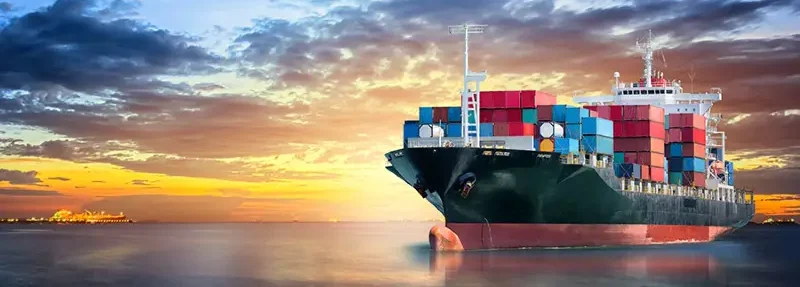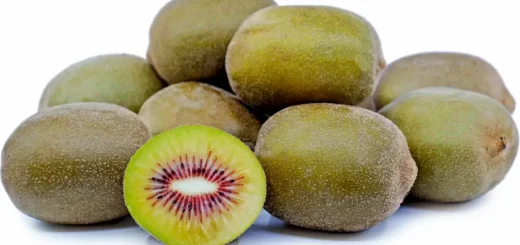Building your brand in Taiwan — Exporter Magazine

With the ANZTEC trade agreement between New Zealand and Taiwan coming into force in January 2014, Cameron Gordon explains what it all means for our food and beverage exporters.The new trade agreement signed between New Zealand and Taiwan in July, which is scheduled to enter into force on 1 January 2014, will be welcome news to New Zealand food and beverage exporters with ambitions of growing their footprint in Taiwan.The trade relationship is already an impressive story, with Taiwan our eighth largest market for exported products. Break it down by category, and you’ll find that Taiwan is actually our third largest market for beef and our fourth biggest for fruit.One of the intangible benefits of a new FTA is the increased focus on trade opportunities between the countries involved. While competitive advantage comes with reduced tariffs (duties), it’s often the outreach by Governments to business communities in each country that truly stimulates broad based trade flows.We saw a lot of positive press about the New Zealand China FTA, not just in China and New Zealand, but throughout the global business community. And this was to be expected. Signing an FTA with China was groundbreaking stuff. We were the first country in the world to do so and New Zealand was a pioneer.If you look specifically at the food and beverage sector, given the already modest tariff rates payable on many of New Zealand’s F&B products exported to Taiwan, tariff reductions will help, but they don’t mean that we can forget about cost efficiencies and strong competition from other nations.Once ANZTEC enters into force, the import tariff rate on New Zealand butter will decrease from five percent to zero percent – as will the tariff rate on grated or powdered cheese. These reductions represent significant savings for products that are moved in large volumes.The wine sector will also be happy. Although the market for New Zealand wine in Taiwan is still in its infancy, with a tariff reduction from ten percent to zero percent distributors won’t cringe away from our premium price position quite as much as they did in the past.Interestingly, one sector that will reap significant benefits from ANZTEC is the New Zealand honey industry.The health benefits of a natural product like UMF Manuka honey are highly prized by Taiwanese consumers and reputable New Zealand brands have established a loyal following in Taiwan. Trade figures for this sector are set to grow at a rapid clip as the duties reduce from 35 percent to zero percent by the end of the third year. In comparison to markets in Southeast Asia, including Singapore, Malaysia and Thailand, generally speaking the F&B market in Taiwan is serviced by traditional trading companies.If you’re a trader, brand building takes a back seat as you follow the basic rules of margin trading.Minus the handful of very capable distributors that work with premium international F&B brands, generally the first question a supplier will face when meeting with potential import partners in Taiwan is “what is your FOB price?”From this perspective, the tariff savings means ANZTEC is a useful tool, but when product quality and innovation are a secondary concern, the hard-edged reality of a traditional trading system means that even high-end retailers, such as City Super and Jason’s in Taipei, lack the selection of western food brands normally available in other Asian markets. The exception to this rule would be goods sold in the thriving Costco hypermarket, which are typically of American origin.New Zealand’s value proposition does not fit well within in this trading environment. We typically compete on quality or innovation and our high production and freight costs mean that generally our goods are some of the most expensive in the international market.
Seek brand builders
Seeking out partnerships with brand builders, not traders, is the key to succeeding in Taiwan. Importers and distributors that can look beyond margin trading and see the long-term benefits of partnering with suppliers of high quality products that fill a niche in the market should be on your short-list. Partners should see the benefits of high margin, rather than high volume-low margin business.Educating consumers is a strong component of growing an unknown brand in a market, so it is important that your partner is willing to invest in this process. Putting a product on the shelf and letting it sell on its own merits is fine if you are the cheapest in the market, but very seldom are New Zealand brands the cheapest in the market, and we need to rely on strong promotional programmes to convince consumers to switch to an unknown and more expensive product.Taiwan’s recent plight with food safety scares involving domestic food products, such as the use of cheap industrial plasticisers as emulsifiers in products like baby food, jams and sports drinks, has resulted in a growing preference for imported products produced in ‘safe countries’.To our advantage, New Zealand has an excellent reputation for food safety amongst consumers and importers in Taiwan, and although this does not mean that high prices will be deemed any more favorable, our strong food safety record can be used as a selling point to both consumers and importers alike.
Take the FTA initiative
Good communication between New Zealand suppliers and their offshore importers is required to take advantage of the opportunities an FTA presents. In the case of ANZTEC, New Zealand exporters should take the initiative to educate their Taiwanese partners about what is required to claim the preferential import tariff rate at the border when goods are being cleared into Taiwan.The Taiwanese importer will in most cases need to present specific documentation to Taiwan Customs during goods clearance that proves the goods being imported are of New Zealand origin, and thus are entitled to the reduced import tariff rates the FTA presents. These documents may include a commercial invoice and a certificate of origin.
Incite has produced a step-by-step guide (www.exportincite.com/services/using-ftas) to make New Zealand exporters aware of the practical steps they need to take to claim the reduced tariff rates available under New Zealand’s Free Trade Agreements.
Getting the implementation of an FTA right at the Customs-to-Customs level in both partner countries is of paramount importance to ensure that it is not only the large companies who have in-house compliance teams that benefit from a FTA, but smaller companies also. Industry in both countries needs to be educated practically about the requirements that must be satisfied in order to take advantage of reduced tariff rates, and they also need to be supported at a Government-to-Government level when difficulties arise.ANZTEC will undoubtedly provide leverage for New Zealand F&B exporters that are wanting to grow their business in Taiwan. Although the import tariff reductions in many cases are modest, the fact that the New Zealand and Taiwanese Government’s have further formalized our trade relationship does have symbolic value to business people in Taiwan, which should not be underestimated.ANZTEC aside, the fundamentals of doing business for New Zealand suppliers of ‘innovative and value added’ food and beverage in Taiwan have not changed. It all comes back to developing a mutually beneficial supply relationship with an importer that does not only import and distribute your goods, but is also willing to invest in the growth of your brand in Taiwan over the long term.
ANZTEC stands for the Agreement between New Zealand and the Separate Customs Territory of Taiwan, Penghu, Kinmen, and Matsu on Economic Cooperation.
Publishing Information
Magazine Issue
September/October 2013 Issue 30 Out Now






